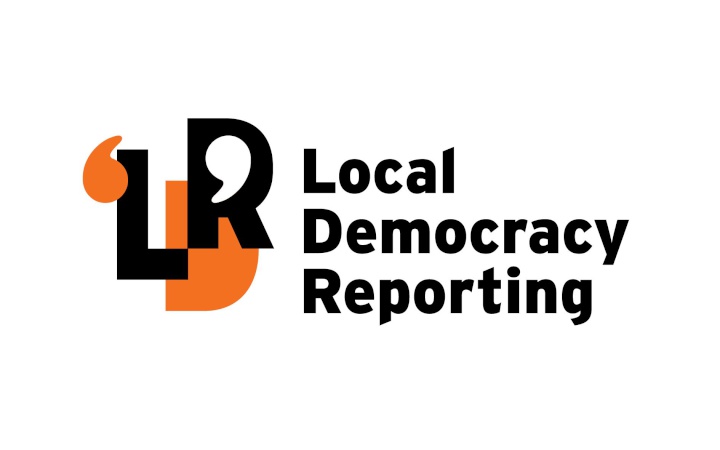Environment Southland has landed itself in hot water for undertaking work at a stream which resulted in a self-inflicted abatement notice.
The August 2024 notice came to light last week during a pointed presentation to council from Mataura Catchment Liaison Committee chair Hugh Gardyne.
Gardyne's submission on a review of river management funding was interrupted by council chair Nicol Horrell, and ended with a question about what would happen to an abatement notice — now revealed to be in relation to Waimea Stream, rural Southland.
The question was shut down by councillor Lyndal Ludlow who called for a point of order.
Local Democracy Reporting has obtained a copy of the notice, which shows the council took action against itself after a complaint was lodged by Fish & Game New Zealand.
The council was contacted by the organisation in March 2024 over concerns there had been a heavy-handed approach to removing willows within the stream, likely at the hands of the council.
Fish & Game accepted some willow control was necessary, but felt the outcome far exceeded a selective and considered approach, the notice said.
Council enforcement officer George Gericke said the work included excavating gravel to control erosion and stabilise the bank.
He reached the conclusion the Resource Management Act had been breached, with a possibility of prosecution.
The notice was issued just months before a December 2024 council press release said there was “steady improvement” in environmental compliance across the region.
A total of 30 abatement notices were issued in 2023/24 compared to 60 for 2022/23, it said.
In response to questions, council integrated catchment management general manager Lucy Hicks said the council’s move to issue an abatement notice against itself was not something it had done often.
The compliance team investigated two complaints from the public in relation to the stream, and the investigation was now closed, she said.
"An abatement notice provides a transparent way for Environment Southland to instruct someone, even its own teams, to ensure that the rules are being followed.”
Gardyne’s question about the notice followed an impassioned speech where he said catchment management was in “a state of paralysis” that had evolved under the chief executive’s watch.
He also took aim at Hicks, alleging she had not communicated effectively with the liaison committees and ignored three requests to meet between December and February.
Gardyne was critical of the abatement notice for the Waimea Stream which he felt stopped essential work.
In response, Hicks said catchment liaison committees played an important role and the council was working to improve communication with them.
Since taking on the general manager role in August, she said she had met regularly with a range of groups and people in the Mataura catchment.
There are eight catchment liaison committees in Southland, tasked with helping the council develop annual maintenance programmes and budgets, as well as involvement with river and land drainage issues.
The Mataura committee has as many as 40 members, with Gardyne a part of the action since the early 1990s.
On Tuesday, the council voted to introduce a regional rate for river management, based on capital value.
LDR is local body journalism co-funded by RNZ and NZ On Air



 Gordon Campbell: On Budget 2025
Gordon Campbell: On Budget 2025 Greenpeace: Regulatory Standards Bill Inflicts ACT's Far-Right Principles On Aotearoa
Greenpeace: Regulatory Standards Bill Inflicts ACT's Far-Right Principles On Aotearoa Rainbow Wellington: Rainbow Wellington Concerned By Reports Of Increased Abuse
Rainbow Wellington: Rainbow Wellington Concerned By Reports Of Increased Abuse ACT New Zealand: David Seymour's Budget Day Speech 2025
ACT New Zealand: David Seymour's Budget Day Speech 2025 Government: Minister Of Finance’s Budget 2025 Speech
Government: Minister Of Finance’s Budget 2025 Speech The Prosperity Deal: Govt Budget Has No Plan For AI Job Loss – Citizens Launch The Prosperity Deal As The Only Workable Alternative
The Prosperity Deal: Govt Budget Has No Plan For AI Job Loss – Citizens Launch The Prosperity Deal As The Only Workable Alternative Greenpeace New Zealand: Greenpeace Braced For ‘Scorched Earth’ Budget From Govt
Greenpeace New Zealand: Greenpeace Braced For ‘Scorched Earth’ Budget From Govt


